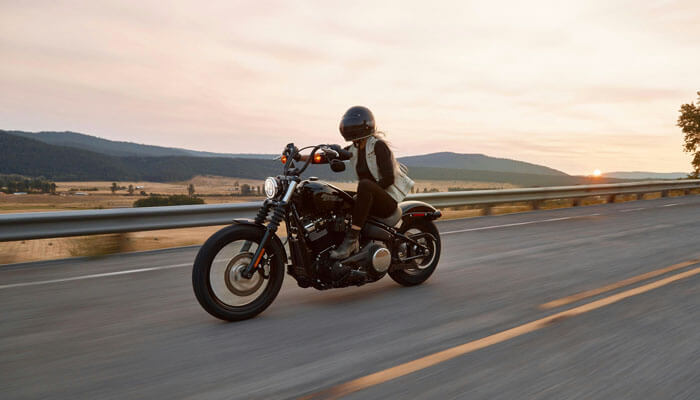How Legal Opinions Differ On Motorcycle Liability Across State Lines (Business Opportunities - Other Business Ads)

USAOnlineClassifieds > Business Opportunities > Other Business Ads
Item ID 3128259 in Category: Business Opportunities - Other Business Ads
How Legal Opinions Differ On Motorcycle Liability Across State Lines | |
Motorcycle laws in the United States often share a common goal, which is to keep riders and motorists safe. But the way each state interprets and enforces those laws can vary widely. Despite all the efforts, the number of motorcycle accidents in the US is increasing. According to LendingTree, the number of motorcycle accidents continued increasing for five consecutive years. It rose by 26.2%, from 4,945 in 2019 to 6,242 in 2023. The Lone Star State was found to be the most dangerous for motorcyclists. In these cases, what one state sees as responsible riding, another might classify as reckless behavior. These inconsistencies make motorcycle liability a complex issue, particularly when accidents occur near state borders or involve riders from other states. Understanding how liability shifts across states begins with recognizing that traffic law is not uniform. Each state legislature defines its own standards for negligence, safety equipment, and rider conduct. When an accident happens, the outcome can depend heavily on where it occurred and how that jurisdiction views the rider’s actions. This article explores how varying state laws can influence legal opinions. State-by-State Motorcycle Laws & Liability The State Line Dilemma Imagine two identical accidents happening on opposite sides of a border, one in California and the other in Washington. The physical facts might be the same, but the legal consequences could be completely different. States rely on their own interpretations of the duty of care and comparative negligence. This means that a rider who is partially at fault in one state could be entirely at fault in another. This is where regional rules about riding behavior come into play. Take, for instance, lane splitting. As noted by MotorCycles Data, lane splitting is legal in California. It became legal through Assembly Bill 51 in 2016, which added Section 21658.1 to the California Vehicles Code. Besides California, Utah, Arizona, Montana, Hawaii, Colorado, and Minnesota also allow lane splitting in some form.  | |
| Related Link: Click here to visit item owner's website (0 hit) | |
| Target State: All States Target City : All Cities Last Update : Oct 15, 2025 3:04 AM Number of Views: 22 | Item Owner : Aurora Contact Email: Contact Phone: (None) |
| Friendly reminder: Click here to read some tips. | |
USAOnlineClassifieds > Business Opportunities > Other Business Ads
© 2025 USAOnlineClassifieds.com
USNetAds.com | GetJob.us | CANetAds.com | UKAdsList.com | AUNetAds.com | INNetAds.com | CNNetAds.com | Hot-Web-Ads.com
2025-10-17 (0.434 sec)